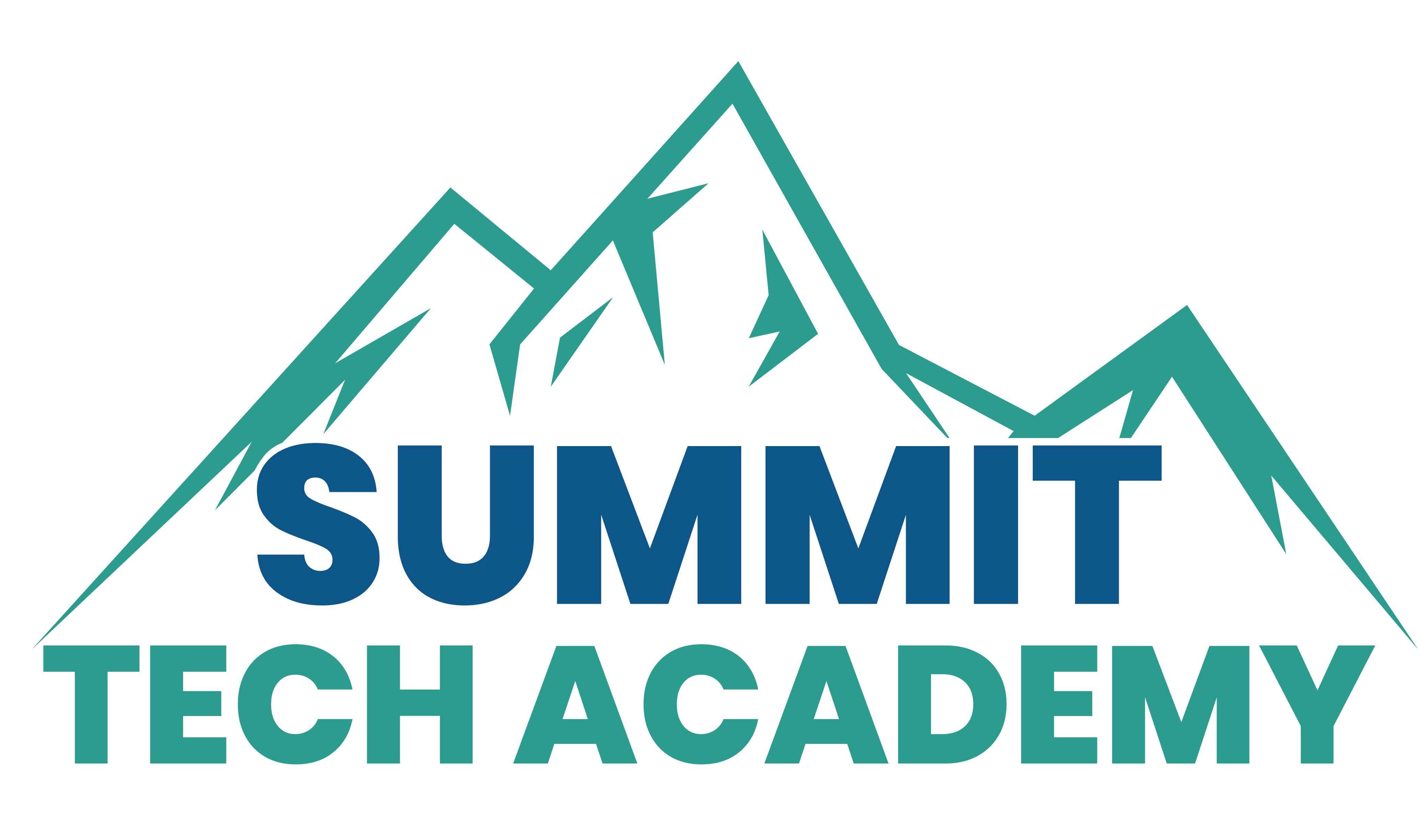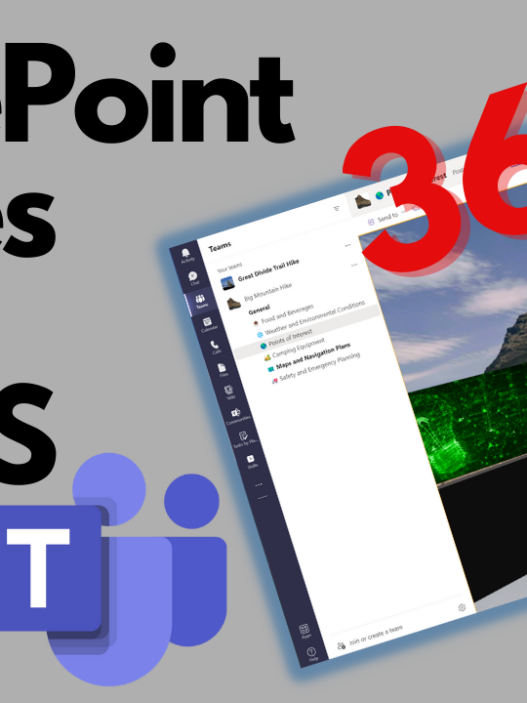Building learning experiences starts with more than just a content strategy and some objectives to be met.
While course outlines and objectives are core to the design process of effective curriculum development, it is important to follow a broader process first – one that takes a learner-focused approach and builds out an entire architecture around the learning process that guides and mentors the learner. This is in opposition to a course catalogue and checklist of educational “products” that I feel are too prevalent in much of what I see today.
Modern trends around education related to “just in time learning”, “on-demand learning”, and “open learning catalogs” are something I find challenging as an Instructor interested in building a life-long learning skillset for my students. They are the product, but they lack the purpose.
Currently, I’m researching and developing some ideas around adopting an approach to the learning delivery systems I use to create not exactly a curated learning experience, but one that can be architected and used to create an integrated way for learners to not just complete a course, but to both become aware of and then navigate a subject-matter learning architecture.
Maybe best illustrated by an example:
In my own area of teaching, I spend significant time teaching Data Skills. Often I’m asked for a specific product or technology and then find myself working with students that have a broad range of different skill levels related to the subject at hand. For example, one student may have a strong mathematical background, but little experience in managing technical infrastructure while another may have the opposite balance of skills.
If I further factor into the course development the desires of the course sponsor and the prevalence of industry buzzwords – things can get a bit messy.
My solution to this (and it remains a work in progress) is to create a mindset around what exactly the subject of “Data Skills” is and the learning architecture required for students to find success in acquiring skills of value.
Stay tuned for more on this subject as I begin to explore a new way of developing course/program content that is more of an aggregation of resources related to a purpose-driven architecture (as opposed to a shopping list of educational courses – context-less and disconnected).
Over the next few weeks, I’m going to work primarily on conducting a literature review on current trends in course development. This touches back to my own research earlier for Self-Efficacy around Learner-Driven Dashboards and using Artificial Intelligence to determine best learning.
My motivation in this research is driven by the availability of newer tools, techniques, and research finding. As well as the trend I’m seeing towards a larger role of Workplace Learning and Work-Integrated Learning. Which is NOT on-demand learning (or, at least shouldn’t be in my opinion).
Thanks for visiting my BLOG – if you are interested in more topics related to how we can use technology to learn and teach more effectively – check out my YouTube Channels:
Learning and Technology with Frank
https://youtube.com/c/LearningandTechnology
Creative and Critical Thinking (coming May 2022)
https://youtube.com/user/LFDOG

